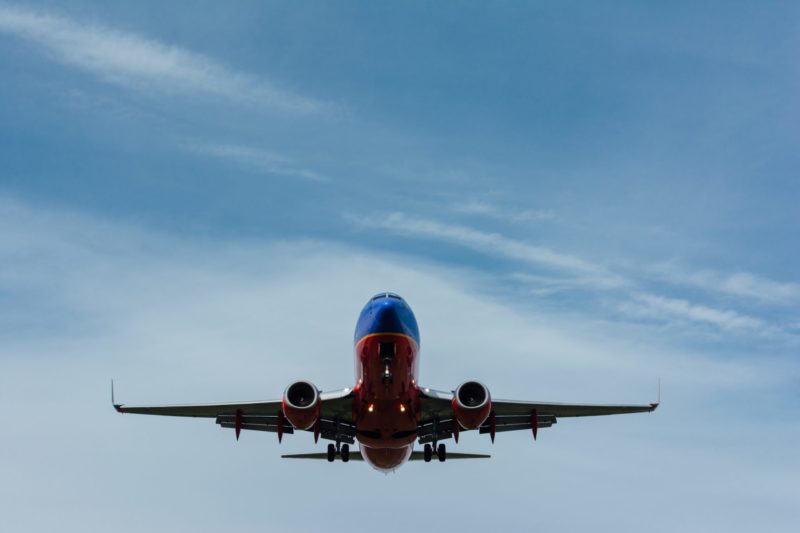
I started this article and began pondering what the top 3 reasons to use VR for flight simulation would be. Even though there are some downsides to VR flight, I think it is easy to say, that there is no question, there are many more upsides. I just wanted to list 3 great ones for you. Here we go…
#1 Head position freedom
Now, I know some of you are thinking that you can get the same freedom with a monitor by using a IR tracking setup that can follow your head movements. It may be true that you can get this type of setup, however it doesn’t accomplish the same thing.
With IR tracking and a monitor, you move your head in little movements, which translates into bigger movements on the screen. This allows you to keep your head facing the screen.
However, with VR, your movements are matched. You move your head to look over your shoulder, and you see what is over your shoulder.
I have to say, that this is my personal #1 reason, because I am currently getting my real pilots licence. This freedom with my head, helps me build in real life muscle memory and lets me fly in the same manner that I do with a real plane.
Another thing that happens in flight, is that you have all these gauges. Some of them are smaller and hard to see. On a monitor, this can be difficult, because you want to have the view back far enough to have a decent field of view, however you also want to be able to read your gauges in an instant.
With VR, you can lean into the gauges to see the small gauges. You can also lean to the side or stretch up tall to see what is in front of your plane.
If you are still interested in IR Tracking and cannot afford the commercial version or Oculus Rift, check out this DIY head tracker I found at www.PCGamer.com.
#2 Feel like you are in the plane
Ok… This sounds like I am saying the same thing as above, however I am not.
Let me explain. When you put on the VR headset, it essentially tricks your eyes and brain into believing that the world you see is in 3-D. This is similar to watching a 3-D movie at the theatre. The glasses at the theatre are polarized with each lens polarized differently to allowing one eye to see a different image from the other eye.
Oculus Rift and HTC Vive do a similar thing, however instead of using filters, these headsets have two high resolution screens inside that each produce a slightly different image. The Oculus has a 1080×1200 resolution screen with a 90 Hz refresh rate. This would be the same way your eyes work. Each producing a slightly different image.
As the Oculus is essentially just replacing your vision, it makes your feel like you are part of whatever you are doing. In our case, flying a 747 or a Cessna 172.
Being that your eyes are tricked, it will make you feel like you are actually moving. A very crazy experience when you are most likely just sitting at a desk.
To get a more in depth look, take a look at https://www.popsci.com/oculus-rift-how-it-works and https://en.wikipedia.org/wiki/Oculus_Rift
#3 Take your flight to the next level
Flying will go to the next level once you have a VR headset. You take it from a 2-D screen with sound coming from in front of you and turn it into a fully immersive 3-D experience where sound follows your every move. This flight simulator you are using becomes more then just a game. It becomes so realistic that you feel like you are in the flight. Landing, taking off, turning all become more realistic. It is one of those experiences that just sucks you in.
It allows you to take flight maneuvers and apply them to your sim without having to do some weird adjustment with the screen. An example of this would be if you are trying to do a forward slip. Your plane is facing at an angle to the path of the plane. If you were coming in for a landing and the plane was in a forward slip, you would have to look slightly off to the side, which would require adjusting camera angles, however in VR, you just turn your head like you would in real life.
There are really so many great things about VR and if you don’t experience it, then you are missing out. VR can be a great training aid and is also great to take your flight to the next level. That is it for my list, however I hope to add more pros and cons for VR flight in the future. If you enjoyed my article, please hit the subscribe button on the right, and I will keep you up to date on future posts.
If you enjoyed reading this, you may want to check out some of my other posts. Here is a great one if you are thinking of getting into VR.
Top 5 Things You Need for VR Flight
Thanks again for reading.
Leave a Reply